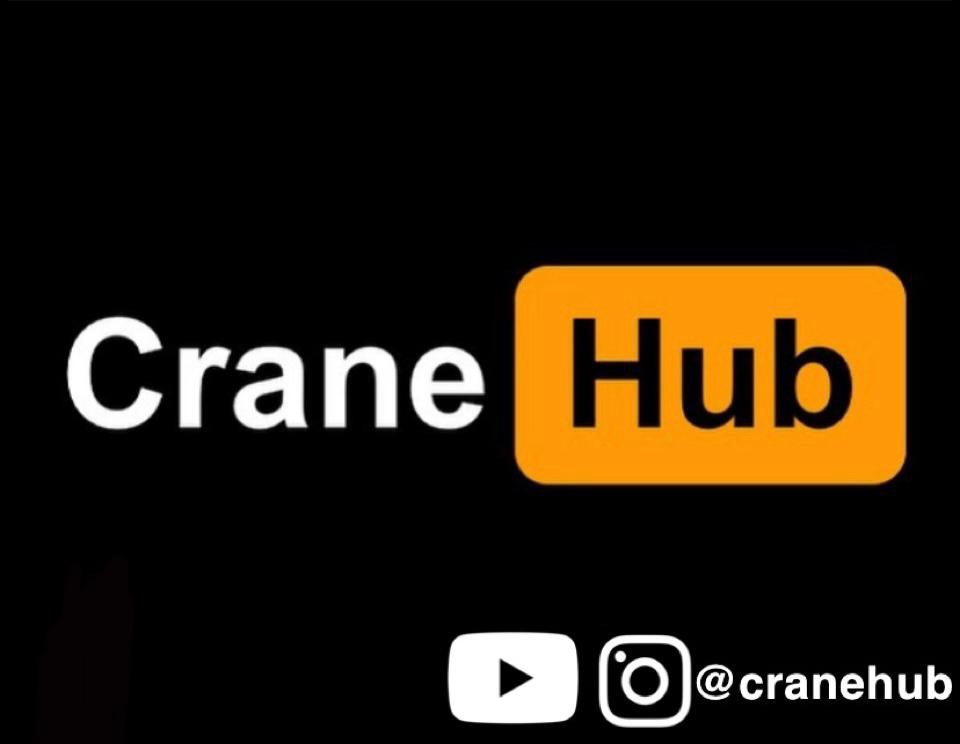Unlocking Tomorrow's Skyline How Crane Technology Will Transform Digital Communication
- cranehub

- May 20
- 3 min read
In today's fast-paced world, digital communication and construction technology are merging like never before. The cranes that shape our skylines are not just lifting heavy loads; they are now becoming vital tools for information exchange. Innovations in crane technology are redefining how we communicate in the construction sector, making processes more efficient and interactive. In this article, we'll explore these exciting changes and what they mean for various industries.
The Evolution of Crane Technology
Cranes have long been essential for construction, but recent technological advancements have significantly changed their role. Modern cranes are now equipped with sophisticated communication tools. They have evolved to become more than just lifting machines; they now serve as central hubs for information sharing on construction sites.
Today’s crane technology features IoT (Internet of Things) integration, data analytics, and real-time monitoring systems. For instance, companies using cranes with these features have reported up to 30% reductions in project delays due to better communication and monitoring of project variables. This evolution sets a new standard for productivity in the construction industry.
IoT Integration: Making Cranes "Smart"
Thanks to IoT technology, cranes are becoming "smart." This integration allows for real-time data transmission, enabling operators and managers to stay on the same page. By outfitting cranes with sensors, teams can monitor load capacities, weather conditions, and equipment status, all based on immediate feedback.
Consider a construction site where project managers get instant alerts about potential hazards, like sudden wind gusts or overloads. With smart cranes, these notifications can come through on mobile devices. For example, during a recent high-rise project in New York, the implementation of IoT cranes reduced safety incidents by 40%, showcasing how real-time updates can lead to improved safety measures.

Data Analytics: Making Informed Decisions
The data generated by smart cranes is a treasure trove that can be analyzed to enhance various project outcomes. By using predictive analytics, teams can anticipate maintenance needs and evaluate performance metrics much more easily. This new analytical capability allows project managers to make decisions based on solid data.
For example, if data shows that a crane frequently surpasses weight limits, adjustments can be made in operator training or load distribution. This approach does not just prevent accidents; it can lead to a 25% increase in operational efficiency over time. Clear data analytics empower teams to communicate better and support their decisions with hard facts instead of mere instincts.
Enhanced Communication Systems: Bridging Gaps
As cranes obtain new technologies, their communication systems are becoming more advanced too. Integrated systems help workers—from engineers to laborers—stay connected seamlessly.
Imagine a work environment where real-time data is effortlessly shared not just among internal teams but also with regulatory bodies. For example, construction firms are now able to provide real-time compliance updates to external agencies via cloud computing, significantly shortening the response time for inspections. This transparency fosters collaboration and accountability, leading to a streamlined workflow that can reduce project completion times by up to 15%.

Safety and Compliance: Ensuring Standards
The future of crane technology also emphasizes improving safety standards through digital communication. Advanced cranes can automatically report compliance with safety regulations in real time. Tasks that once required manual effort can now be completed instantly, alleviating pressure on workers.
Lower insurance premiums are a significant benefit for construction companies that adopt technology-driven safety solutions. Research indicates that organizations implementing advanced safety technologies see a decrease in work-related injuries by up to 35%. This shift promotes a culture of safety where everyone is encouraged to participate actively in discussions about risk management.
Challenges Ahead: Navigating the Digital Landscape
While promising, the future of crane technology presents challenges, including technical issues, training needs, and cybersecurity risks. Transitioning to a digital workflow means investing in training programs to help all team members understand the new technologies.
Cybersecurity becomes crucial in this interconnected environment. The rise of smart cranes comes with potential vulnerabilities that need to be addressed. Nevertheless, the advantages of these technologies significantly outweigh the challenges. As technology evolves, strategies to address these concerns will also advance.
A Transformative Future
Cranes are set to revolutionize the future of communication in construction. From smart sensors that enhance operational efficiency to seamless communication systems, these innovations are transforming the entire landscape of the industry.
As we embrace these changes, it is essential for all stakeholders to adapt and prepare for exciting opportunities. The cranes of tomorrow will not only shape our skylines but also reshape how we communicate, paving the way for better collaboration and informed decision-making.
The future is bright, and we have a fascinating skyline ahead of us. By unlocking the potential of crane technology, we can explore new pathways to success in our ever-changing digital communication landscape.









Comments